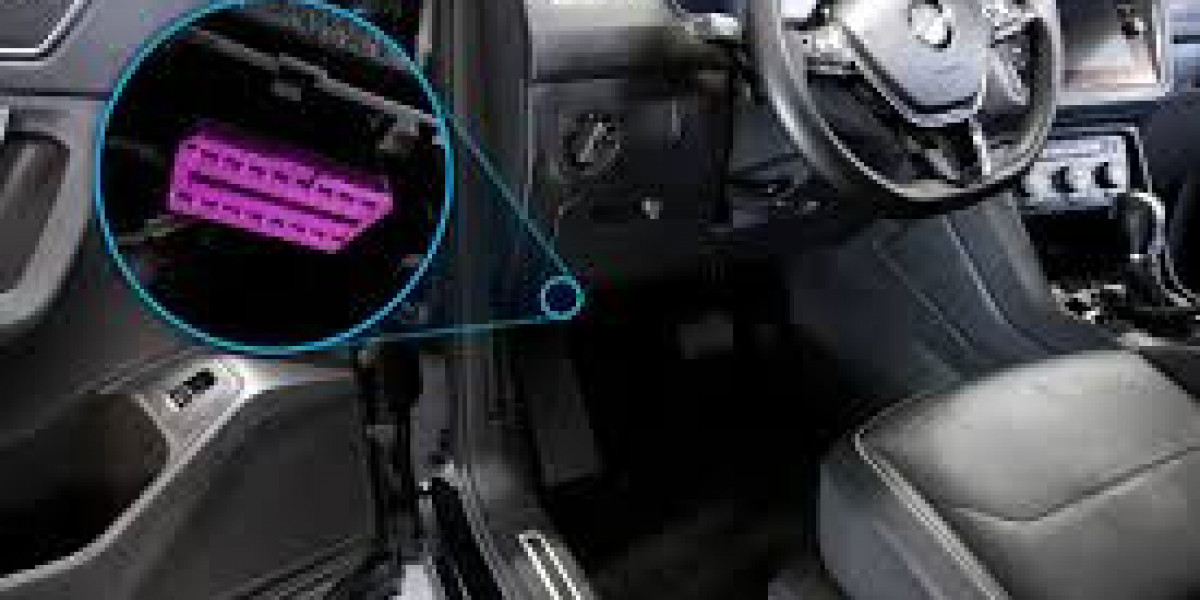In today's rapidly developing industrial environment, aluminium sliding window profiles, as an important component of modern manufacturing and engineering fields, are playing an increasingly crucial role. With the advancement of technology and changes in market demand, aluminum profiles, due to their excellent physical properties and processing performance, have become one of the indispensable materials in many industries. This article will explore in detail the composition, characteristics, application fields and future development trends of aluminium sliding window profiles.
I. The Basic Composition of aluminium sliding window profiles
aluminium sliding window profiles are usually composed of aluminium alloy profiles, connectors, support components and surface treatment. Aluminum alloy profiles are basic alloys based on aluminum, and their composition is meticulously designed to ensure that they meet higher standards in terms of strength, rigidity, corrosion resistance, and other aspects.
Aluminum alloy profiles
Aluminum alloy profiles are the core part of aluminium sliding window profiles, featuring light weight, high strength, corrosion resistance and easy processing. Common aluminum alloys include series such as 6061 and 6063, which are widely used in frame structures. In addition, the mechanical properties of aluminum alloys can be enhanced through various heat treatment processes to meet the requirements of different processes.
2. Connectors
The connectors of aluminum profiles are mainly used for the connection between different aluminum profiles. They come in various forms and usually include corner pieces, connecting rods, bolts, nuts, etc. These connectors not only ensure the stability of the frame, but also provide more flexibility in structural design.
3. Supporting components
The support components play a role in load-bearing and stability in the mechanical frame. Choosing the appropriate support components can effectively enhance the overall load-bearing capacity and seismic resistance of the frame.
4. Surface treatment
The surface treatment processes of aluminum profiles, such as anodizing and spraying, can not only enhance their corrosion resistance but also beautify their appearance. Surface-treated aluminum profiles are more suitable for use in harsh environments.
Ii. Characteristics of aluminium sliding window profiles
The design and use of aluminium sliding window profiles must take into account their unique advantages. The following aspects are the main characteristics of the aluminium profile frame:
1. Lightweight
The density of aluminium profiles is much lower than that of steel, making aluminium sliding window profiles lighter and easier to transport and install. This feature is particularly applicable to mechanical equipment that requires frequent relocation and adjustment.
2. Strength and Rigidity
Although aluminium profiles are light, their strength and rigidity are sufficient to meet the requirements of most industrial applications. Through reasonable design, the aluminum profile frame can meet the strength requirements while maintaining its lightweight characteristics.
3. Corrosion resistance
Aluminum alloy itself has excellent corrosion resistance. After treatments such as anodic oxidation, a protective film forms on its surface, further enhancing its corrosion resistance. This enables aluminium sliding window profiles to have a longer service life in humid or chemical environments.
4. Recyclability
The recyclability of aluminium materials is an important manifestation of its environmental friendliness in industrial production. After production and use are completed, aluminium profiles can be reprocessed, which greatly reduces resource waste.
5. Design flexibility
The flexible design of aluminium profiles enables engineers to highly customize them according to different needs, offering unlimited design possibilities. This flexibility makes the aluminium profile frame suitable for a variety of complex industrial applications.
Iii. Application Fields of aluminium sliding window profiles
The applications of aluminium sliding window profiles cover almost all fields, from light industry to heavy industry. The following are some of the main application fields:
Automated equipment
In automated equipment, aluminium sliding window profiles are often used to support various conveyor belts, assembly lines and other equipment. Its structure is stable and can effectively bear the weight of the equipment, improving the efficiency of automated production.
2. Logistics and Warehousing
With the development of e-commerce, efficient logistics and warehousing solutions have become crucial. aluminium sliding window profiles can be used to build shelves, handling trolleys, etc., to improve storage and handling efficiency.
3. Robot equipment
Aluminum profiles also have a place in robot equipment, providing a lightweight and sturdy support platform, enabling robots to achieve more efficient operation and rapid movement.
4. Laboratory equipment
For laboratory environments that require standardization and modularization, aluminium sliding window profiles can not only produce diverse equipment brackets according to experimental requirements, but also easily adjust and reorganize them.
5. Medical devices
Aluminum profile frames commonly used in medical device stents and equipment can ensure the stability of the equipment and also meet the hygiene requirements of the medical environment.
6. Outdoor facilities
In urban construction and public facilities, aluminium profiles are often used in outdoor facilities such as park seats and sunshades due to their excellent corrosion resistance.
Iv. Future Development Trends of aluminium sliding window profiles
With the continuous advancement of technology, the future development prospects of aluminium sliding window profiles are promising:
"Intelligent"
With the rise of intelligent manufacturing, aluminium sliding window profiles will integrate more intelligent technologies, such as introducing sensors and Internet of Things technologies, to achieve real-time monitoring and data collection, and improve production efficiency and safety.
2. Environmental protection and sustainable development
Facing the global pressure of environmental protection, the production and use of aluminum profiles will also pay more attention to environmental protection and sustainability, develop new pollution-free aluminum alloy materials, and adopt more efficient recycling technologies.
3. Diversification and customization
With the diversification of market demands, aluminium sliding window profiles will tend towards small-batch diversification and personalized customization to meet the unique needs of different customers.
4. Technological innovation
The emergence of new casting and processing technologies will drive the cost reduction and performance improvement of aluminium sliding window profiles, enabling more industries to apply aluminium profiles.
Conclusion
Overall, aluminium sliding window profiles, as an important foundation of modern industry, are being applied more and more widely with their unique advantages. In the future, with the development of technology and changes in the industry, aluminum profiles will continue to play an irreplaceable role in the design of various mechanical frames. For manufacturers and engineers, mastering the characteristics and applications of aluminium profiles proficiently will provide strong support for enhancing overall production efficiency and creating higher added value.
aluminium sliding window profiles https://www.rongxinhao.com/1-2mm-6061-Aluminium-Door-Profiles-Anodized-Silver-Bronze.html











